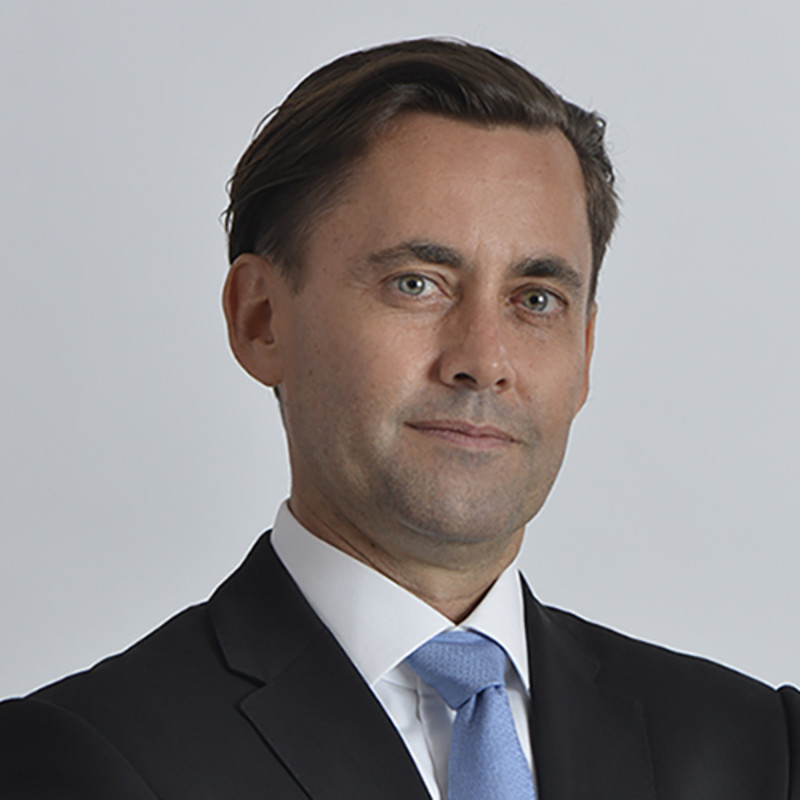Key points
- Contrarian strategy in Asia ex-Japan equities, targeting an active share in excess of 80%
- Value with a future: Unique blend of value style and momentum awareness
- Concentrated portfolio driven by bottom-up selection targeting approximately 30-50 positions
About this fund
Robeco Asian Stars Equities is an actively managed fund that invests in stocks of the most attractive companies in Asia. The selection of these stocks is based on fundamental analysis. The fund's focus is on the high-growth developing countries in the region. The fund focuses on stock selection and has a concentrated portfolio.
Key facts
| Total size of fund | EUR 41,932,549 |
| Size of share class | EUR 14,637,004 |
| Inception date share class | 03-09-2013 |
| 1-year performance | 11.66% |
| Dividend paying | No |
Fund manager
 Vicki Chi
Vicki Chi Joshua Crabb
Joshua Crabb



